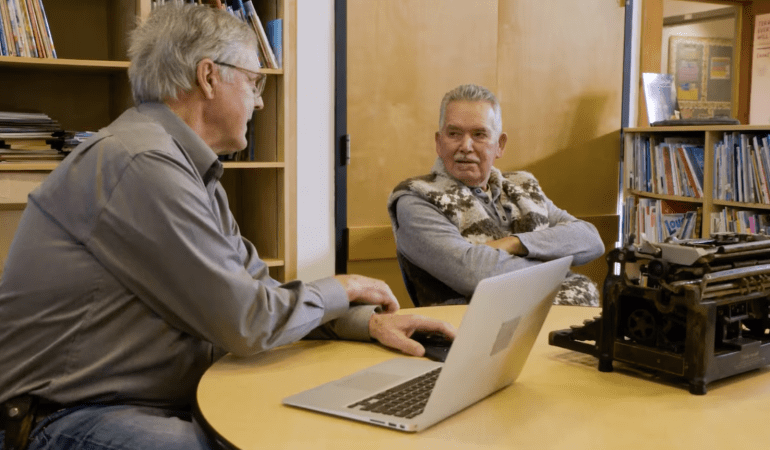- Lauwelnew Tribal School and FirstVoices have been key in developing ethical Indigenous language tools online for over 20 years.
- Many First Nations languages in British Columbia are endangered due to a lack of comprehensive educational materials.
- FirstVoices, co-founded by John Elliott and Peter Brand, aims to document and preserve Indigenous languages through technology.
- The platform supports 33 of 36 Indigenous languages in B.C. and features over 85 languages across North America and Australia.
- Generative AI and large language models offer potential but require cautious integration to avoid undermining traditional language education.
- Concerns include the risk of AI generating inaccurate language and issues around language sovereignty.
- Indigenous elders and educators are crucial to language preservation, with technology serving as a supporting tool.
- There are warnings about AI potentially further colonizing Indigenous knowledge and data.
Main AI News:
The Lauwelnew Tribal School and FirstVoices, a pioneering initiative established over two decades ago, have been at the forefront of integrating ethical Indigenous language tools online. Despite their efforts, many First Nations languages in British Columbia face endangerment. Dr. Patrick Littell from the Digital Technologies Research Centre, specializing in Indigenous language technologies, notes a significant shortage of educational materials for these languages. “While text materials for reading and writing exist, audio resources for listening and speaking are often missing.”
Founded by John Elliott and linguist Peter Brand, FirstVoices was created with a vision to document and preserve ancient Indigenous languages through technology. As technological advancements progress, Indigenous researchers like Dr. Littell approach new tools such as generative AI and large language models with caution. “It’s crucial to include experts like teachers and elders to ensure that outputs remain appropriate and that we stay true to our educational goals rather than being swayed by new technology,” he emphasizes.
British Columbia hosts seven Indigenous language families and 36 languages, representing over 50 percent of Canada’s Indigenous languages. FirstVoices supports 33 of these languages and features over 85 Indigenous languages across North America and Australia. Both FirstVoices and Animikii, founded in 2003, play significant roles in Indigenous language technology. FirstVoices utilizes open-source technology, making its data models accessible on GitHub to aid other projects.
Although FirstVoices does not employ AI, its team recognizes the potential benefits and challenges of generative AI in language retention. Tracey Herbert, CEO of the First Peoples’ Cultural Council, expresses concerns about synthetic media potentially producing inaccurate language and complicating language sovereignty. Dr. Littell concurs, highlighting the risk of AI models generating false or misleading information. He emphasizes that technology should support the essential work of Indigenous elders and educators in language preservation. “Languages are saved through active use by people, not technology alone,” he asserts.
FirstVoices is also vigilant about AI’s potential to further colonize Indigenous knowledge. “AI could exacerbate the colonization of Indigenous languages and data,” Ms. Herbert warns. “We are committed to transparent communication regarding our decisions and actions with AI tools as technologies evolve.”
Conclusion:
The intersection of AI and Indigenous language preservation presents both significant opportunities and challenges. The potential for AI to support language retention is promising, yet it also poses risks such as the generation of inaccurate content and threats to language sovereignty. For the market, this highlights the necessity of a balanced approach, where technological advancements are integrated thoughtfully to complement the efforts of Indigenous communities. As AI technologies evolve, stakeholders must remain vigilant and transparent in their applications, ensuring that the core educational and cultural goals of language preservation are upheld.

